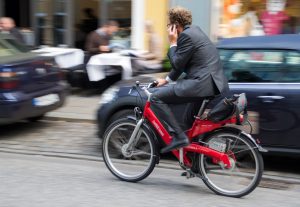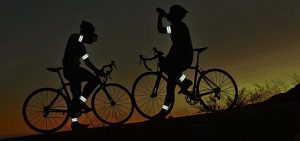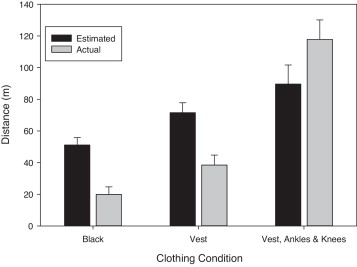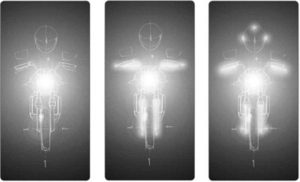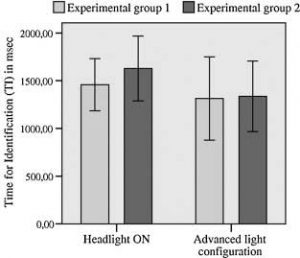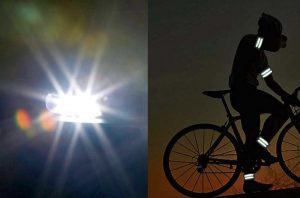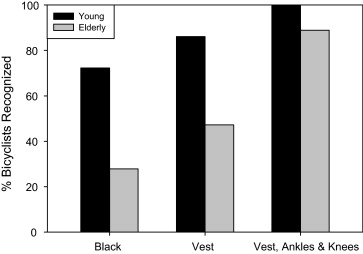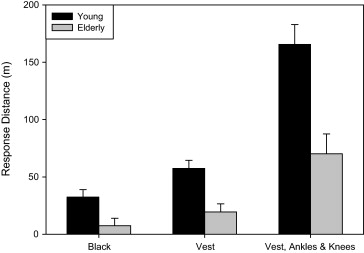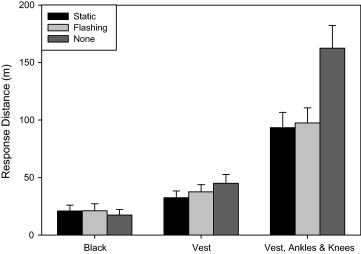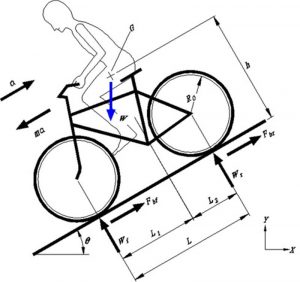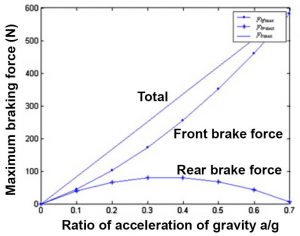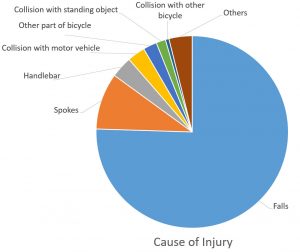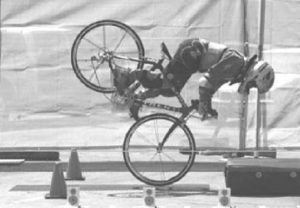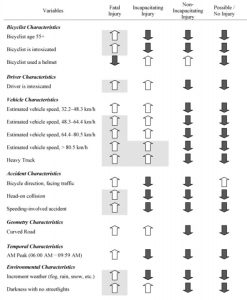Touch screens even more dangerous than regular phones
A study carried out in The Netherlands has compared the behavior of cyclists when distracted in different ways. The study looked at using both conventional and touchscreen signs, texting, listening to music, talking on the phone, talking to another cyclist, and even playing a game on their phone. Each of these distractions was compared against
All forms of distraction caused the cyclists
This was a relatively small study with just 24 participants, recruited by word of mouth. Each person rode the section of public cycle path on their own bicycle, while being distracted in a number of ways.
The importance of this study is set in the context of previous research. This has shown that 17% of cyclists usually make phone calls and listen to music while riding. Other studies have shown cyclists are less aware of hazards. Importantly,
Abstract:
Although it has been shown that making phone calls or sending text messages while riding a bicycle can have a negative impact on bicyclist’s
Twenty-four participants completed a track on their own bicycle while sending a text message from a conventional and a touch screen mobile phone. In
Bicycle speed was reduced in all telephone conditions and in the condition when cycling next to someone. Lateral position variation increased in all telephone conditions. Use of the touch screen led to a more central position in the cycle lane and resulted in worse visual detection performance compared with the operation of a conventional mobile phone. The main effect of listening to music was that an auditory signal to stop cycling was missed by 83% of the participants. In conclusion, while all investigated types of phone deteriorated cycling performance, the use of a touch phone has a larger negative effect on cycling performance than a conventional mobile phone. With touch screen smartphones taking the place of conventional mobile phones and being used for other purposes than verbal communication, these effects on cycling performance pose a threat to traffic safety.
Reference:
The effects of operating a touch screen smartphone and other common activities performed while bicycling on cycling behaviour
De Waard, Dick; Lewis-Evans, Ben; Jelijs, Bart; Tucha, Oliver; Brookhuis, Karel 2014
